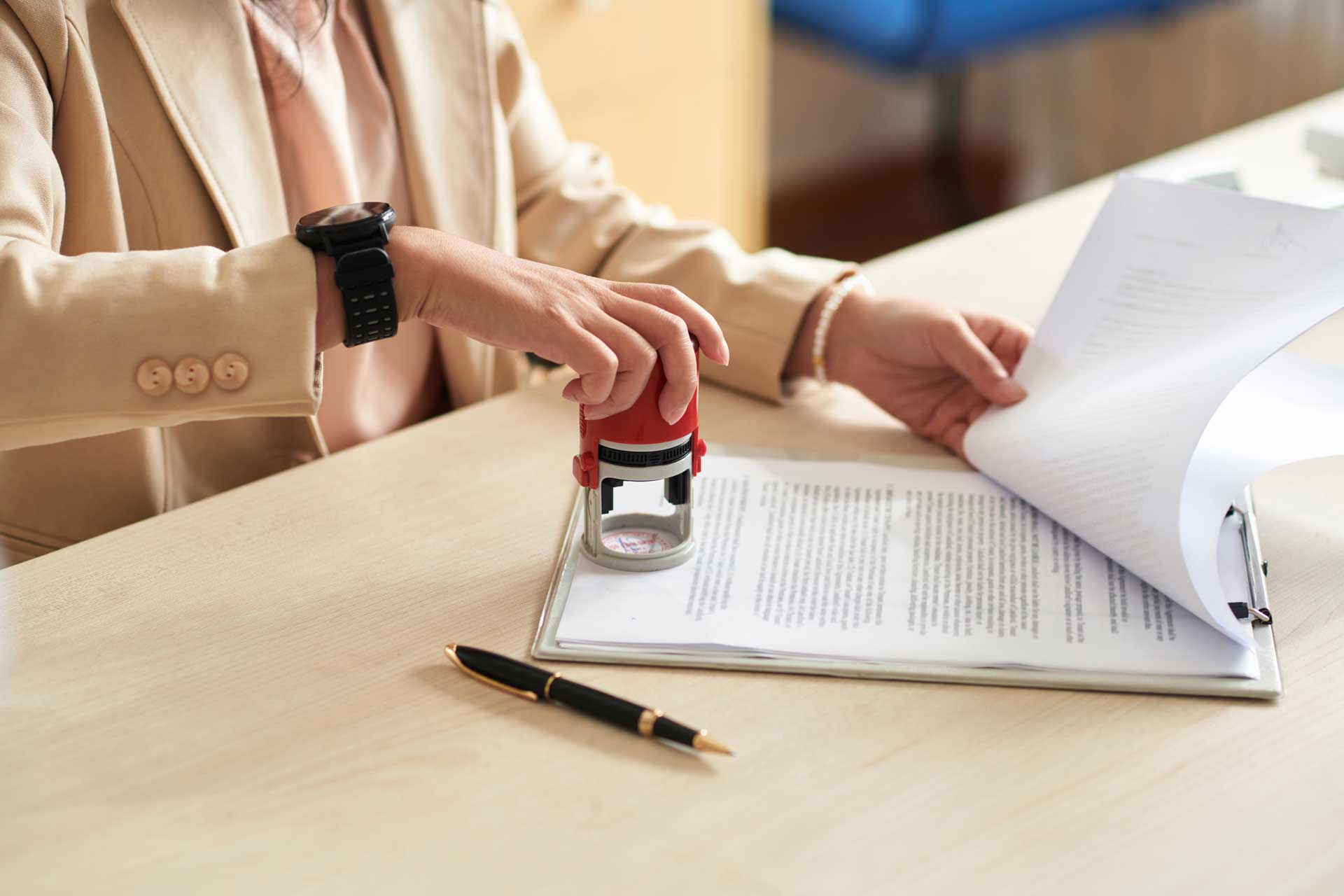
Mistakes during the notarization process can happen, even to the most diligent notary. While errors should always be avoided, knowing how to correct them appropriately is essential to ensure the notarization remains legally valid. Correcting mistakes after a notarization requires careful attention to detail and adherence to state laws.
In this guide, we’ll explore common notarization mistakes, how to correct them, and best practices to avoid such issues in the future.
Several types of mistakes can occur during the notarization process, ranging from minor clerical errors to significant issues that could invalidate the document. Some of the most common mistakes include:
When a mistake is discovered after the notarization, correcting it must be done in a legally compliant manner. Here’s how to handle different types of corrections:
If the error is minor (such as a typo in the date or the spelling of a name), the notary can often correct the mistake in the notarial certificate. The process typically involves crossing out the incorrect information and writing the correct details next to it.
If you discover that you forgot to sign the document or affix your notary seal, you may be able to correct the mistake if you still have access to the original document.
However, if the document has already been delivered or filed, you may need to repeat the notarization process to ensure the document’s validity.
If the error involves incorrect or missing vital information, such as the signer’s name or the type of notarial act, the best solution is often to re-notarize the document. Correcting the original notarization may not be possible for significant errors like these, and starting over ensures that the document is legally sound.
In cases where the document was notarized under improper circumstances (such as a signer not appearing in person), the notarization is invalid. The document would need to be redone to fulfill all legal requirements. Additionally, you should document the error in your notary journal to maintain an accurate record.
Read More: How to Properly Notarize a Document
In certain situations, especially if the mistake could result in profound legal implications (such as fraud or disputes over the document), it may be necessary to consult legal authorities or an attorney. This ensures proper steps are taken to correct the issue without exposing the notary to liability.
The best way to deal with notarization mistakes is to avoid them altogether. Implementing these best practices can help minimize errors:
Mistakes during notarization can lead to legal issues, but knowing how to correct them ensures that the document remains valid. Whether it’s a minor clerical error or a significant problem requiring re-notarization, following your state’s laws for correcting notarizations is essential. Notaries can maintain the integrity of the notarization process by taking proactive steps to prevent the mistakes and knowing the proper procedures to fix them.
For more resources on notarial best practices and correcting errors, visit the Notary Public Association.
Disclaimer: All information provided by Notary Public Association is for educational purposes only and is not intended as legal advice. Notary Public Association makes no representations or warranties as to the accuracy, completeness, or applicability of the information provided and assumes no liability for any actions taken in reliance on it. Always consult a licensed attorney or your local commissioning authority for guidance specific to your notary responsibilities and jurisdiction.
Stay informed with our latest updates, tips, and exclusive offers – subscribe now!